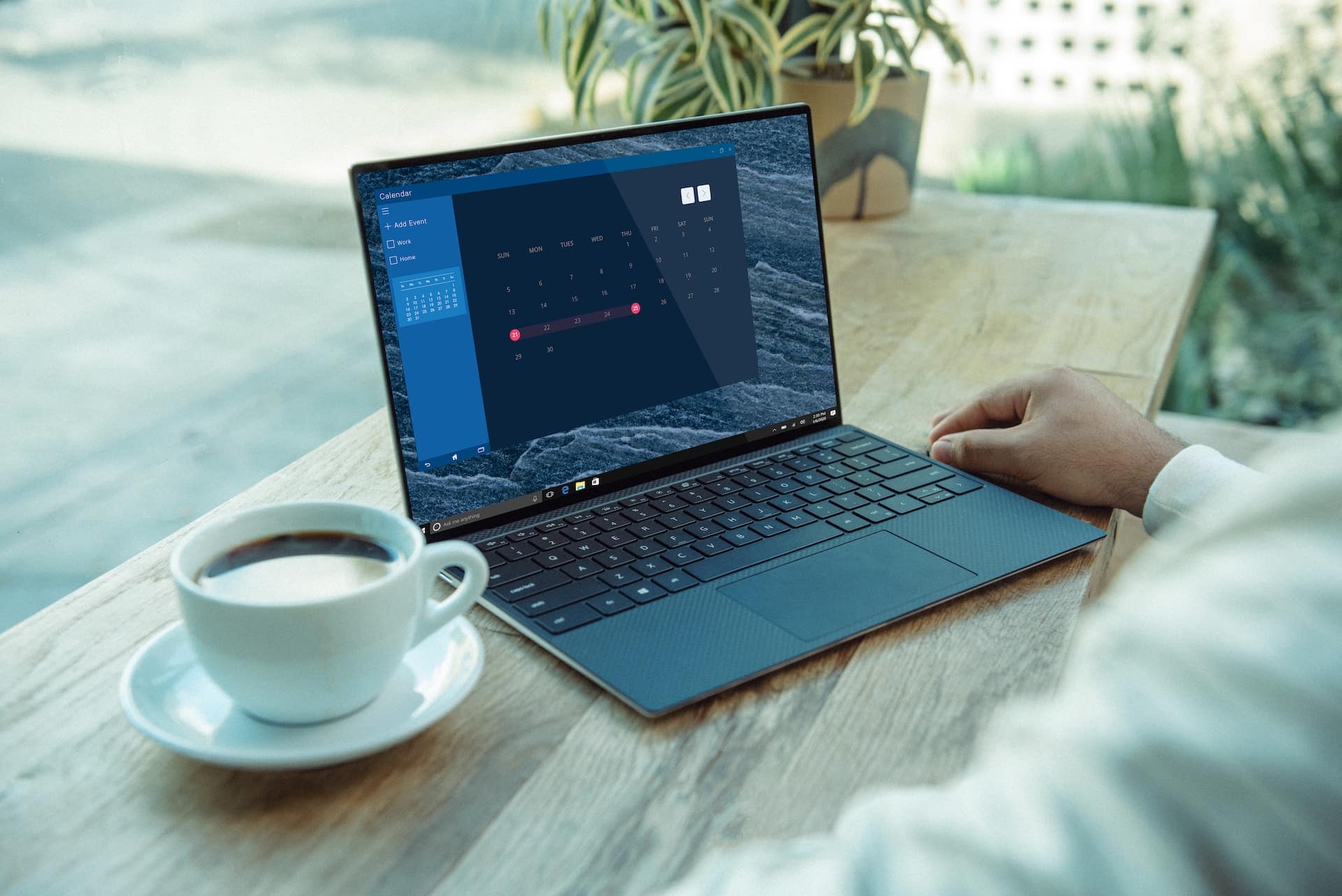As a small business owner, managing your cash flow is crucial for maintaining the financial health of your company. One often-overlooked aspect of this is understanding your invoice due dates and payment terms. These seemingly small details can have a significant impact on your finances and the success of your business.
By understanding the importance of the details on your invoice, you can better manage your finances and minimize the risk of late or unpaid invoices. In the following sections, we will explore all you need to know about your invoice so that you can keep up with your financial transactions like a pro!
Key Takeaways
- Invoice due dates and payment terms are essential for managing your cash flow.
- Late or unpaid invoices can have a significant impact on the financial health of your business.
- Optimizing payment terms can help ensure prompt payment and minimize the risk of late payments.
- Small businesses can benefit from understanding and effectively utilizing invoice due dates and payment terms when it comes to invoices.
The Basics of Invoice Due Dates
Understanding the basics of invoices and due dates is essential in managing your business transactions. The ”invoice due date” refers to the date on which payment for a product or service is expected. It is determined by the payment terms agreed on by the buyer and seller.
The invoice date is the date when the invoice is issued, and it is typically the starting point for payment terms. Payment terms specify the length of time the buyer has to pay the invoice, such as “net 30,” meaning payment is due within 30 days from the date on the invoice.
Payment terms can vary depending on the agreement between the parties. Common payment terms include net 15, net 30, and net 60. Net 15 means the buyer has 15 days from the invoice date to pay, while net 60 allows 60 days. Some businesses may offer terms like “due on receipt,” which require immediate payment upon receipt of the invoice.
Managing Cash Flow
As a small business owner, managing your cash flow is paramount to financial success. Late payments, unpaid invoices, and aging invoices can all have a significant impact on your finances, making it essential to prioritize invoice due dates.
When an invoice is issued, it typically includes a invoice due date. This date indicates when the payment is expected to be made and is based on the invoice date and payment terms. Failure to meet this due date can result in late payments, which, in turn, can cause financial problems.
Unpaid and aging invoices can also have a negative effect on your cash flow. These invoices represent money that is owed to your business but has not yet been paid. The longer an invoice remains unpaid, the greater the impact on your finances. Aging invoices, in particular, can be problematic, as they may become more difficult to collect the longer they remain outstanding.
It is also important to note that failing to adhere to these dates can result in penalties. These penalties may include certain fees or interest charges, further exacerbating finance issues.
Optimizing Invoice Payment Terms for Your Business
The most critical consideration when issuing an invoice is deciding on the payment terms. Payment terms refer to the length of time you give your clients to pay their invoices. One of the most common payment terms is 30 days. However, depending on the nature of the business, you may need to customize your payment terms to suit your needs better.
To ensure that you are paid promptly, optimizing the invoice payment terms is essential. Here are some key strategies that can help:
1. Set Clear Payment Terms
Ensure that your payment terms are clearly stated on your invoice. This includes the invoice due date, the acceptable payment methods, and any penalties for payments that are late. Clear payment terms will give your clients a thorough understanding of what is expected of them when making payments.
2. Shorten the Payment Terms
Shortening the payment terms can significantly reduce the time it takes for you to get paid. Consider implementing a payment term of 15 or 20 days instead of the standard 30 days.
3. Offer Incentives
You can incentivize clients to pay their invoices promptly by offering early payment discounts. For example, you can offer a 2% discount for invoices paid within ten days.
4. Use Automated Payments
Automated payments can help to streamline your invoicing process and ensure that you are paid promptly. You can use software to set up recurring payments or issue automated reminders for payments that are late.
5. Follow Up Regularly
If your payment terms have elapsed with no payment, it is essential to follow up. A polite email or phone call can go a long way in reminding clients to make payments. Do not be afraid to make multiple follow-ups, as this shows your clients that you take payment seriously.
Conclusion
As a business owner, you should know that managing cash flow is essential to your success. By understanding and utilizing invoice due dates effectively, you can significantly improve your financial position.
Remember, late payments and unpaid invoices can severely impact your finances and potentially harm your business. By prioritizing timely payments and optimizing payment terms, you can minimize these risks and maintain a steady income stream.
Invoice Due Date FAQ
#1. What does “net 30” mean on an invoice?
“Net 30” on an invoice means that the payment is due within 30 days of the invoice date. It is a common payment term used in business transactions to specify the duration within which the payment should be made.
#2. How can I ensure that I get paid faster for my invoices?
To get paid faster for your invoices, you can offer incentives for early payment, streamline your invoicing process, communicate clearly with your clients about payment expectations, and follow up promptly on overdue invoices.
#3. What does “due upon receipt” mean on an invoice?
“Due upon receipt” on an invoice means that the payment is due as soon as the client receives the invoice. It indicates that the payment should be made promptly, without any delay.
#4. Is it advisable to offer payment in advance terms on invoices?
Offering payment in advance terms on invoices can be advantageous for businesses as it reduces the risk of non-payment. However, it’s important to assess the creditworthiness of the clients before offering such terms.
#5. How can I manage past-due invoices and late payments effectively?
Managing past-due invoices and late payments involves promptly following up with clients, implementing a systematic reminder system, offering flexible payment options, and considering alternative financing solutions if necessary.






